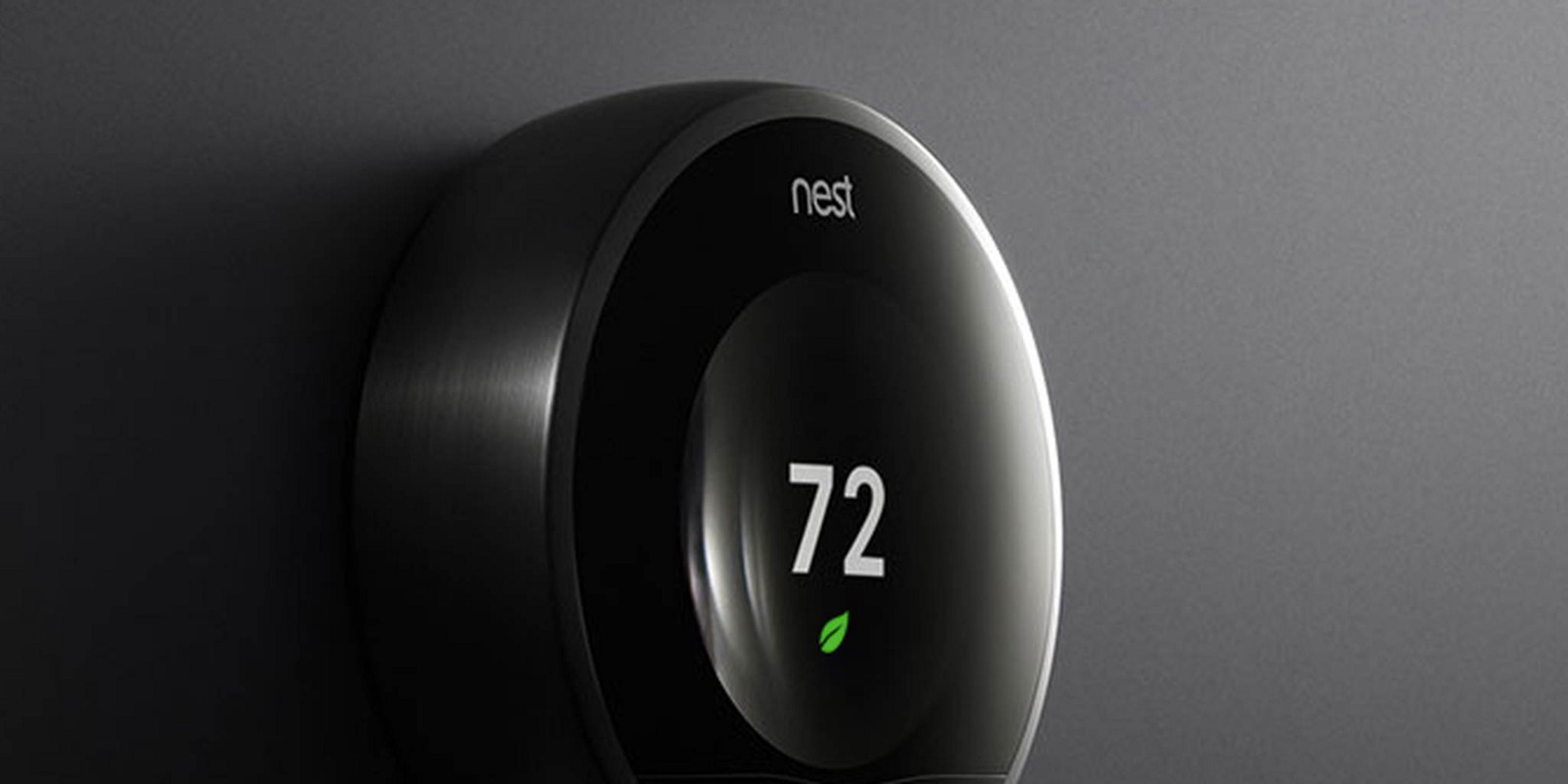What impact might AI have on UX? My take on how we can design for AI.
How will Artificial Intelligence impact UX design? How can we design meaningful experiences in an era with AI-driven products & services? How will this creative process look like?
These questions keep clouding my mind, and I like to give you my take on how I feel about AI & design. What design principles I follow while designing for AI-driven products and services.
AI and Machine Learning-based Predictive User Experiences are incredible playgrounds for UX designers. It is the challenging combination of technology and people that make it so hard to design seamless experiences. With the Anticipatory Design Movement, I came across lots of creators, designers and design teams who shared their knowledge and experience about designing for AI.
These are exciting times for us as creators. Technology continues to disrupt our daily lives and opens up new possibilities for AI-driven experiences.
Question is: what defines good experiences in an age of artificial intelligence? And what challenges lie ahead with the creation of AI-driven experiences?
This read is my take on how to mitigate some UX challenges. I hope to spark a conversation so that we can ideate together on this. Please leave a comment to voice your opinion on this matter!
Used Definition of AI
Artificial Intelligence (AI) is at the center of this read. With AI, I am referring to the concept of artificial intelligence and artificial general intelligence. To avoid confusion, I only use the abbreviation AI to focus on the story.
Changing Relationship with Technology
Design moves around people and is here to make our lives easier. It also taps on to space since structure creates behavior. AI will likely change relationships users have with their space because they’ll become smarter and more relevant. AI-driven products like Google Home, for example, are nicely tapping into this space and influence our behavior and perception already.
I think there’s a noticeable mind-shift going on and products like Google Home get a more prominent place in households. AI-driven products have become more popular, and people are making more use of it than ever before.

[Image: courtesy of Google]
The way how people interact is also changing. Google Home owners, for example, use their AI often as part of their daily routine. Google recently conducted research with people who own a voice-activated speaker. As it turns out, Google Home has made the life of Google Home-users easier because they were able to multi-task more. And more interestingly, people are engaging with their voice-activated speakers as if they were human. They’re saying “please,” “thank you,” and even “sorry.

[Image: courtesy of Google]
These are positive developments in my view. My takeaway is that people are starting to accept AI-driven products like Google Home as part of their life.
Looking at how the UX of AI-products is designed nowadays, I wonder if this should be the way to go. Don’t get me wrong, I love the products. But the experience is just not seamless enough and asks too much effort and imagination/research from users. I want AI-driven products to come with questions, suggestions or answers I wouldn’t have thought of.
Designing AI-driven UX
The process of designing meaningful AI-driven products or services comes with many challenges. As AI and tech continue to disrupt our lives in many ways, insights in how we might humanize certain experiences become increasingly important.
My research on Anticipatory Design and machine learning-based predictive user experiences was a first attempt to study a part of this field from a human-centric point of view.
The biggest takeaway was that our relationship with technology is challenged because of multiple pain points.
Designing for Time and Space
While UX design will always move around problem solving, I believe that the context and touch points might change and be more focused on designing for time and context.
The importance of context and time are one of the many elements that will challenge the way we approach and solve problems as designers.
Spaces, like offices, train stations, football stadiums, homes will know users and anticipate their needs. Without any interfaces. Without any hassle. That is where the power of AI comes in.
Are we becoming AI-Designers?
This conceptual transition will likely affect our role and craft as creator. The dawn of an era driven by Machine Learning and Artificial Intelligence will require a different skillset, understanding and team dynamic in order to create the best experience possible. Designers who are invested into engineering and UX design will have a huge benefit I believe.
This multi-disciplenary thinking is necessary to guard our design principles. Ethics for example starts in the code.
Fabricio Teixeira has an interesting take on how AI has started to impact our work as designers.
(Smart) Design principles
I would like to frame AI-driven Design as ‘Smart Design’ to capture its intent and purpose. Based on conversations and interviews with industry leaders and experts, the following Smart Design Principles arose:
1. Smart Design has Purpose
What problem are you trying to solve with AI? Like every good product or service, the design should always be focused on problem-solving by delivering meaningful solutions. History has shown us that ‘Smart’ Products can be quite stupid as well.
2. Smart Design is an Extension of Human Capabilities
The current focus (and fear) of many people are understandably on AI replacing tasks instead of offering support. This is a wrong proposition and I believe Artificial Intelligence should be an extension of human-capabilities. Remaining this natural relationship between humans and technology is key to the adoption and acceptance of new AI-appliances.
3. Smart Design Anticipates
Most of us are suffering from decision fatigue due to many decisions we need to make on a daily basis. With AI and ML, products and services are able to remove unnecessary choices, so that we can focus on things that really matter.

(3) The Nest Thermostat anticipates your temperature, knows your preferences and sets it just right. Moreover, it saves you energy and thereby contributes to the environment.
4. Smart Desing should Humanise Experiences
One of the things that are currently missing is the aspect of personality. Personality adds huge value to our interactions with devices because it gives a human touch. People can relate more to devices if it has a personality. Looking at services like Siri, I believe that personality will be a more relevant asset in the future than the number of Gigabytes of storage that comes with an iPhone for example.

(4) The movie Her shows how personality and AI could impact our relationship with tech in a fascinating futuristic story.
5. Smart Design is Proactive
Looking at AI-driven experiences nowadays, much of the UX is very reactive. As in, products need to be triggered by a voice command, gesture or button in order to activate. Ultimately, they will proactively trigger us. Making suggestions proactively for example (this can apply to health for example). This creates headspace for users and even come up with thinks we haven’t thought of. So, future smart design is one step ahead.
What do you think?
I’m curious how you feel about how AI might impact User Experiences? What learnings do you have to share?
